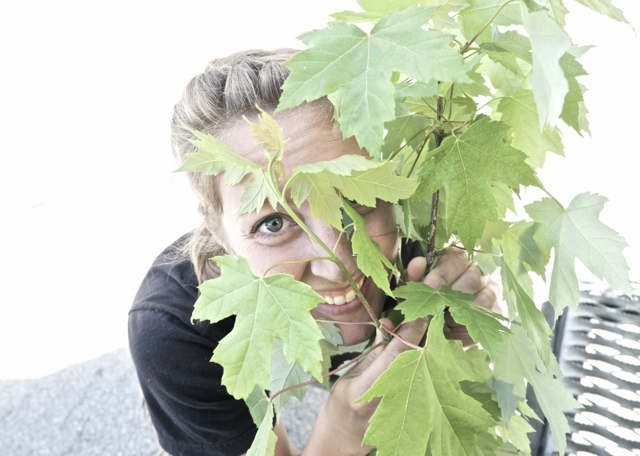I grew up in Wasaga Beach. For those of you unfamiliar with this little town, it is about 1.5 hours north of Toronto and in the summer it is a bit of a party town. Some of you may remember it from your “misspent youth.” For me, growing up in Wasaga Beach was good for two things: daily swimming in the incomparable Georgian Bay, and access to the best ice cream available this side of the Atlantic. Beyond parties, swimming and frozen deliciousness, the Georgian Bay area is a string of smaller communities surrounded by incredible physical environmental features. I spent my formative years surrounded by nature without realizing that could be different for other people who didn’t live in such proximity to rural and wild lands.

Onward and forward in time, I moved to Ottawa, then Hamilton, then Toronto for various educational pursuits. Once immersed in a truly urban setting I started, slowly, to realize how fortunate I had been to grow up in such environmentally rich surroundings. Academically, my interest in the important role nature plays for humans was sparked towards the end of my undergrad. I became acquainted, and then captured, by the theories and ideas that describe how essential the experience of and proximity to natural and complex environmental systems is for human social, cognitive, and emotional development.

Globally, humans are quickly becoming primarily an urban species; in Canada over 80% of the population is urban (StatsCan, 2011). As such, urban green space plays a truly important role in the lives of urbanites as our regular and continued access to wild natural environments becomes limited. The green spaces in cities become essential for providing that connection with nature that humans, often unconsciously, crave and desire if not fundamentally need. Trees are a major subset of urban green space and the active and passive work they do positively influences so many factors of our daily lives. From mitigating storm water runoff, to reducing stress, to providing wildlife habitat, to improving the aesthetics of cityscapes: trees are powerhouses and we need more of them.
I pursued my interest in urban green space further in my Master’s education where I studied urban forest pest and species composition issues from a management and risk mitigation perspective. Following that, last spring and fall I worked with LEAF as a tree planter for the Residential Backyard Tree Planting Program. It was an excellent experience and it felt great to be out in the field getting my hands dirty doing important work. I am so happy and excited to be back with LEAF again this year as the Residential Planting Programs Assistant. Trees may be powerhouses, but improving the urban forest isn’t as simple as just planting more trees. Urban environments can be tricky, if not downright hostile, to fledgling trees and picking the right tree for the right place is essential. LEAF is at its core committed to this idea – making sure new trees survive and thrive through informed planting programs and excellent educational outreach.




Beyond trees, I am also a passionate knitter. I design and knit sweaters, hats and scarves and also help teach other people how to knit and help solve their knitting conundrums. I also love to rock climb and backcountry camp. I have a dog, who is simply the cat’s pajama’s, and we spend time every week exploring Toronto’s many and varied green spaces – her with her nose to the ground and me with my eyes to the tree canopy.


Jen studied urban forests and geography for her Master's at the University of Toronto. She loves dogs, knitting, and all things trees.
